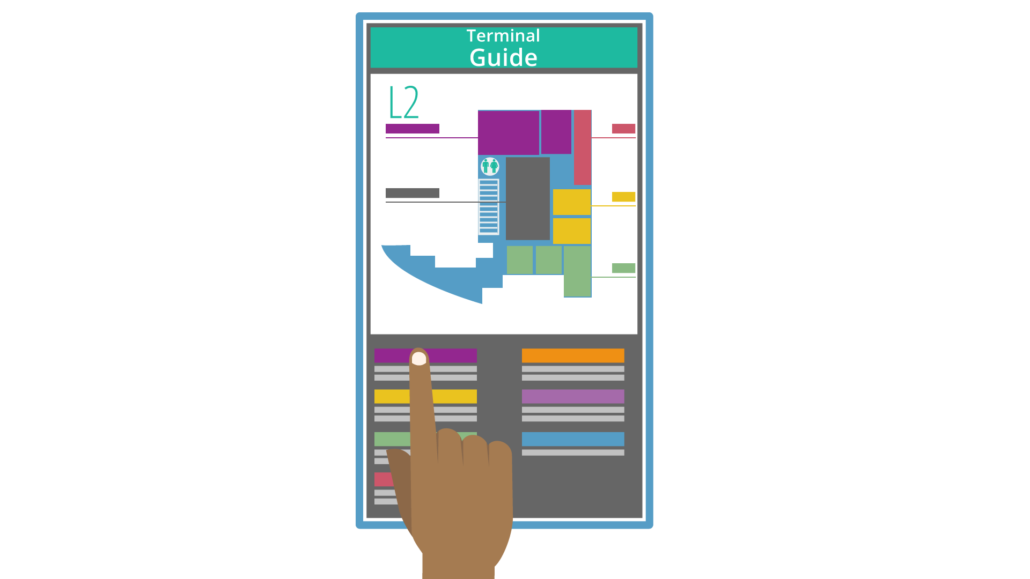Transport digital signage solutions provided by Signagelive

Article originally posted on Signagelive.com
In the transport world keeping your customers up to speed with the latest information relevant to them to make their journey and travel experience a good one – ideally so that they return – is crucial. Traveling is a matter of getting people to places as fast and efficiently as possible, but the whole experience should include so much more, whether it is for business or pleasure.
Digital signage is emerging as a way of enhancing that travel experience from a customer point of view, while also making the process easier for transport employees. It is even possible to shrink perceived waiting times down with the use of digital signage.

Airports / Railway Stations
Airports are leading the way with digital arrival/departure boards, digital signs in terminal restaurants and new methods of airport advertising, but the rest of the transportation industry is rapidly catching up.
Airports have discovered that the traditional way of travelling – calling an airline to book a ticket, checking in at the terminal, security point and gate, and referring to an analog-style flight board is rapidly changing. The travel experience can be improved greatly by the use of digital signage and using self check in kiosks for customers.
Dynamic messaging on screens is aesthetically pleasing for travelers, but it serves a more important purpose of conveying updated train, flight and airport information to them, which is critical in fast-paced airport and train stations. For airport authorities, digital signage can make for a safer and more secure environment, as well as aid the constant flow of traffic in the terminals.
The first thing for anyone visiting an airport or railway station needs to see is clear signage of where to go. Multiply that by hundreds if not thousands of individuals coming through the doors and those screens employed for this type of information can be an amazing investment in comparison to the bulky large banners and stand up signs.
Wayfinding signage typically is stagnant and directs travelers e.g. arrivals, baggage claims, taxis and customer services. Airport digital signage can also include information on popular local destinations, restaurants, shops and hotels.

The main entrance to an airport or railway station is the first opportunity to engage with visitors. Video Walls are a very popular way to deliver the “wow” experience by creating a large canvas for your messaging, whether it’s company branding or a customer welcome message. At airports they can also be used for instructions e.g. bag drop or security messages.
People often wait for many hours for flights or trains and digital signage applications can be used as a form of entertainment e.g. build your perfect holiday as shown below, a customer will often perceive their wait time to be shorter because they are being entertained during that period of time.
With increased security measures taking effect in airports globally, travellers once again have seen an increase in wait time in the security checkpoint area. In addition to the regulation messages, screens are also used to display airport branding messages and marketing.
Travelers may not have much time to shop and browse and therefore, you do not have much time to influence their purchasing decision. The airport/railways are a hustle-and-bustle retail environment with customers on the fly, and attracting their attention and trying to influence their buying decisions is tough.
Some digital screens are mounted in store windows, facing outward to encourage customers in, while others are situated strategically inside the store, strengthening merchandising efforts and encouraging customers to spend.
Public Transport – Bus/Tube/Taxis

One reason that advertising has seen such success in public transport areas is that, as with any kind of public transportation, people are going have to wait. Bus shelters can provide billboards and interactive screens. On the tube underground there is a huge amount of wall space as well as inside the trains to display screens for information and advertising.
Taxis can show content by advertising on screens set up on the top of the taxi – this is a new technology which is currently more popular in the US than the UK.
Cruise Ships
Cruise lines, which are used to offering luxurious accommodations for guests on their liners, have been keen to adopt digital signage and applications that provide information and advertisements.
Digital signs are placed over food areas e.g. snack bar, main entrances and retail shopping areas. The screens in food areas are used as digital menu boards, which display pictures of menu items and prices.
To learn more about our solutions and sign up for a free trial, please email us at sales@signagelive.com






